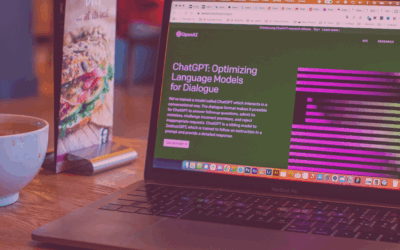Definition of a Web Crawler
A web crawler, sometimes called a spider or spiderbot, is an internet bot designed to systematically browse the World Wide Web, primarily for web indexing. Web crawlers are the architects behind the searchable internet, allowing search engines to gather, categorize, and serve relevant web content to users. They operate by visiting web pages, understanding their content, and following links to other pages, creating a vast online information network.
Basic Functionality of a Web Crawler
Let’s break down how crawlers navigate the web and collect data.
Seed URLs
To start a crawl, the web crawler inputs a list of web addresses known as seed URLs. These initial contact points serve as the gateway from which the crawler explores, branching out to discover new pages through links. Each seed URL is fully indexed by the crawler, which takes note of all relevant information, like titles, images, keywords, and links. Then, the crawler uses that data to create an index of web pages for search engines.
Crawling Algorithms
Crawling algorithms determine the path a web crawler takes through the web. These algorithms prioritize which pages the crawler will visit next, Factors influencing these decisions include page relevance, freshness, and the structure of the web itself.
Parsing and Indexing
Once a crawler visits a page, it parses the content, extracting valuable information such as keywords, headings, and links. This data is then indexed and categorized into a searchable database that search engines use to deliver relevant search results to users.
Working Process of a Web Crawler
The working process of a web crawler can be outlined in a series of steps, illustrating the methodical approach these bots take to catalog the internet.
Step 1: Seed URL Collection
The first step involves collecting seed URLs, which form the starting point for the crawler’s journey. These URLs are often selected from previous crawls or submitted by website owners.
Step 2: Crawling
Next, the crawler visits the seed URLs and begins exploring by following links to other pages. This process is recursive, with the crawler continually discovering new links and pages.
Step 3: Parsing
Upon visiting a page, the crawler parses its content, extracting and analyzing information like text, images, and video. This step is vital for understanding the page’s context and relevance.
Step 4: Indexing
The parsed data is then indexed, organized into a structure that allows for efficient retrieval by search engines. This step ensures that users can find relevant information quickly.
Step 5: Storing Data
Finally, the indexed information is stored in databases, ready to be accessed by search engines in response to user queries. This storage allows for the rapid delivery of search results.
What Prevents Web Crawlers From Crawling?
URL Restrictions
Some websites employ measures to restrict crawler access, preventing bots from indexing their content. These restrictions can hinder the completeness of search engine databases.
Dynamic Content
Websites with frequently changing content depending on user preferences, behavior, and data, present a challenge for web crawlers. They may get confused while picking out the most relevant and current information to index.
Why Do We Need Them?
Search Engine Indexing
By gathering and organizing web content, crawlers enable search engines to provide accurate and relevant search results, making the internet accessible and navigable for users like us.
Data Mining
Beyond search engines, web crawlers are used in data mining, extracting valuable information from the internet for research, marketing, and other analytical purposes.
Conclusion
Web crawlers are important tools for organizing the huge amount of information on the internet. They enable search engines like Google to provide users with relevant and accurate search results. By systematically browsing and indexing web content, crawlers make sure that the digital information users search for is easily accessible.



